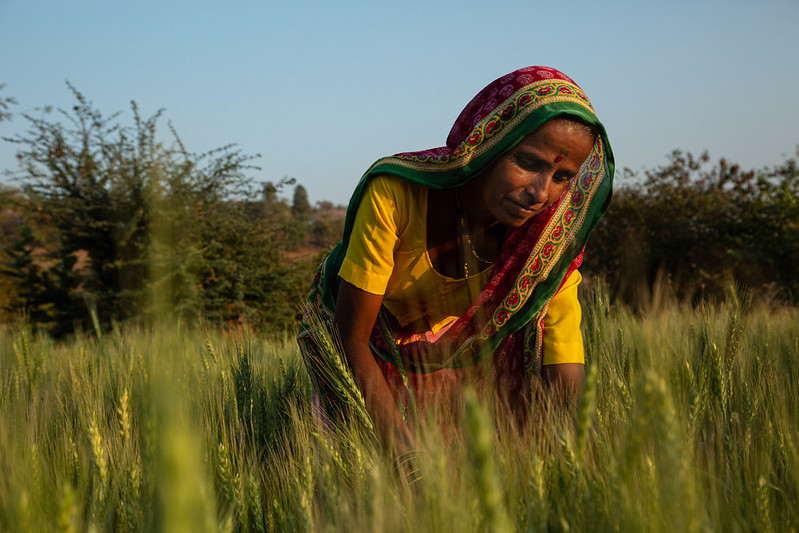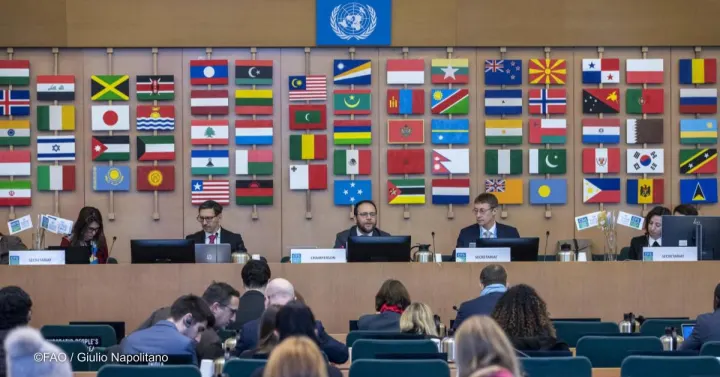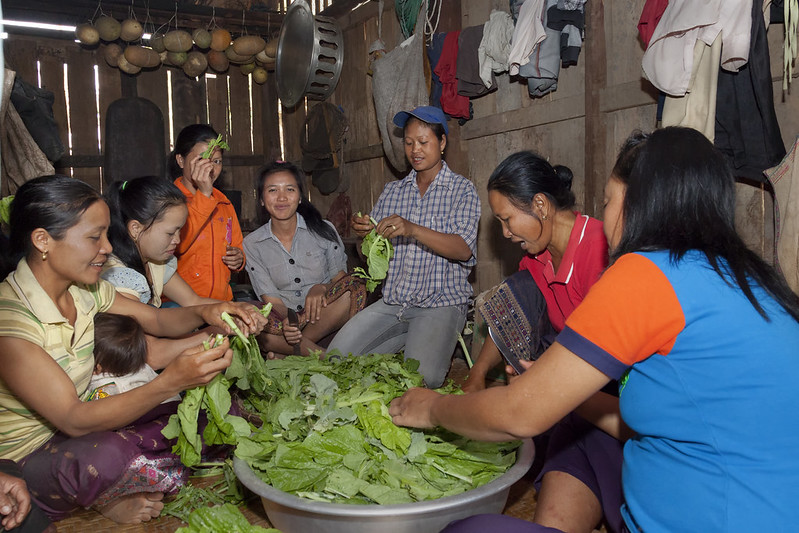After an arduous and lengthy negotiation process, the Voluntary Guidelines on Gender Equality and Women’s and Girls’ Empowerment in the Context of Food Security and Nutrition were finally approved by the Committee on World Food Security (CFS) on October 24, 2023. In October 2019, the Committee on World Food Security (CFS) approved a policy process to create the Voluntary Guidelines. Negotiations began in May 2022, but the guidelines couldn’t be adopted during its 50th session in October 2022 due to disagreements on critical issues.
The crucial role that justice for women and girls plays in achieving the Sustainable Development Goals (SDGs) is widely recognized. However, progress towards the SDGs has been slow and multiple crises have disrupted local and global food supply chains, agricultural productivity, and food prices. Investing in women and girls is an urgent priority in sustainable development: By 2030, if current trends continue, it is estimated that around 8% of the female population, more than 340 million women and girls, will still be living in extreme poverty, with a further 236 million projected to face food insecurity due to climate change, compared to 131 million more men and boys, according to “The gender snapshot 2023” UN report. Additionally, malnutrition, including undernutrition, micronutrient deficiencies, and obesity among women and girls, is causing disease and reducing life expectancy. Addressing gender gaps in agri-food systems can reduce food insecurity and boost global GDP by nearly $1 trillion.
The Voluntary Guidelines are ground-breaking because they provide concrete policy guidance for advancing gender justice, empowerment, and leadership in the context of national food security. This document represents the goodwill of member states and other constituencies of the CFS to support gender equality and women’s empowerment. SIANI hopes that this commitment from member states will be translated into action and help dismantle all discriminatory barriers that prevent the achievement of the 2030 agenda.


